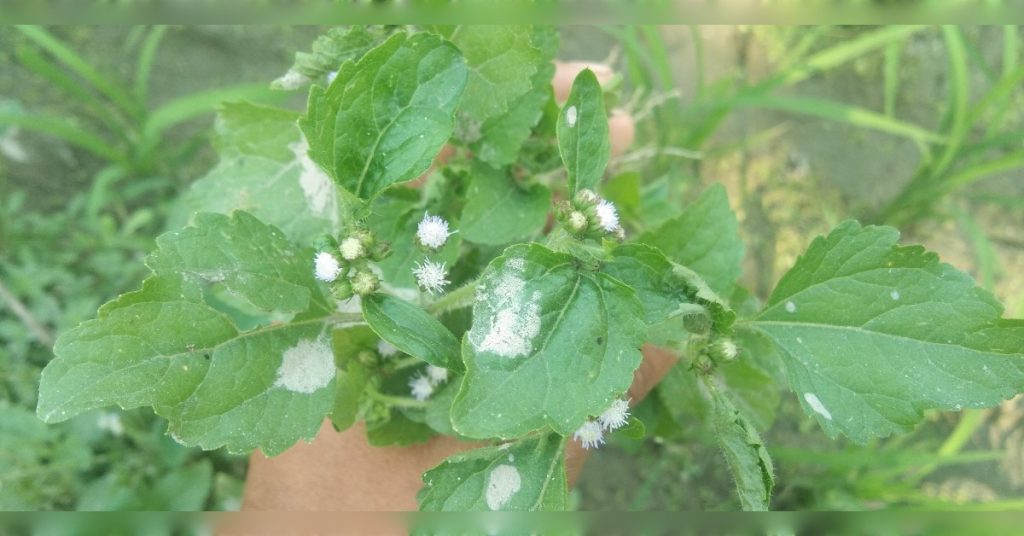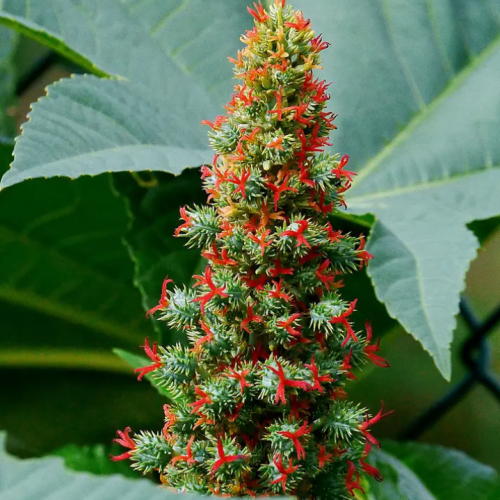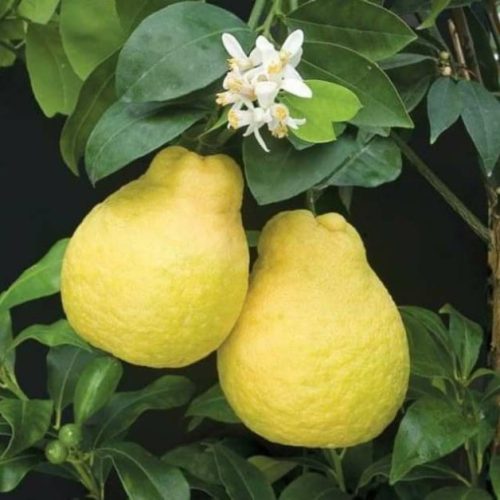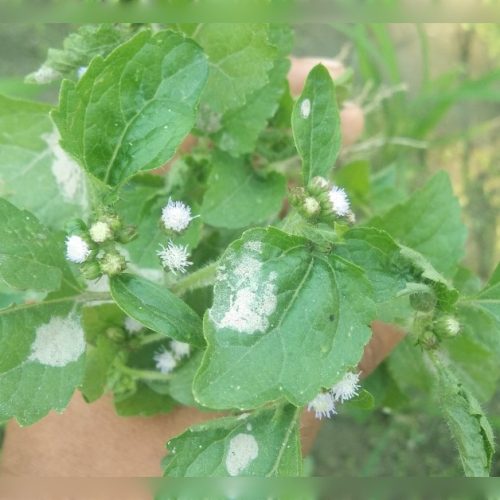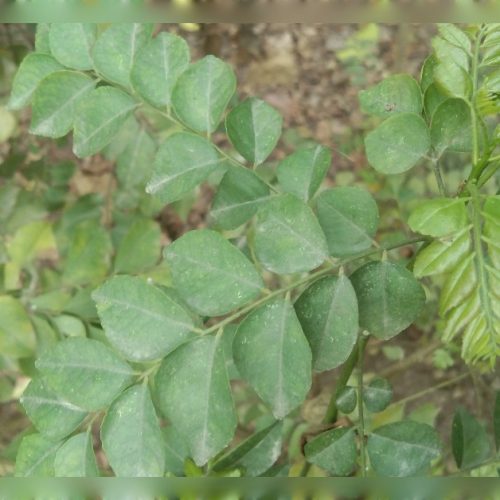Table of this Contents
ToggleAgeratum conyzoides is a medicinal, Seed-bearing with aromatic plant, eco-friendly, crop plant. This plant grows in abundance in Brazil, South America, Myanmar, South India, Bangladesh. Ageratum conyzoides aliases are Billygoat-weed, Goatweed, Whiteweed, Billygoat-gruff, Chick weed, Goat’s rue, Indian paintbrush, Maire cony, Celestial weed, Floss flower, Blue billygoat weed, Blueweed, Bouncing Bet, Mexican ageratum, Sweet -scented conyza, Tropical whiteweed, Ageratum, Blue mink plant, Garden ageratum, Whiteweed ageratum etc. Billygoat-weed or simply Ageratum in English.
Unlocking the Medicinal Wonders of Ageratum conyzoides: A Comprehensive Overview.
The leaf juice of Ageratum conyzoides is used to prevent skin diseases, to prevent respiratory problems, to destroy the germs of rice seeds. From 1700 to 1950, the leaves of this plant were used to stop bleeding, liver disease, dysentery. Its leaves contain a chemical called pyrrolizidine. So it can not be used or eaten without doctor’s advice. A beneficial poisonous plant can be consumed or eaten according to the doctor’s rules.
Plant Characteristics and Taste.
The leaves, flowers, fruits, seeds and stems of Ageratum conyzoides are as beautiful and attractive as normal plants. Depending on the location of the earth, the size and height of the plant, flowers, fruits, seeds may change. The height and size of plants grown in South Asia are a little bigger. Again, the plants grown in northern Russia are somewhat smaller in size and produce fewer flowers, fruits, and seeds. However, the level of hum and benefit remains the same.
Ageratum conyzoides prefers to live in moist soil in bushes or groups. Although the plant grows throughout the year, it flowers more during the rainy season or from September to March. However, if the temperature and humidity are sufficient, it is possible to produce flowers, fruits and leaves at intervals of 2 months throughout the year.
The flowers of Ageratum conyzoides plant:
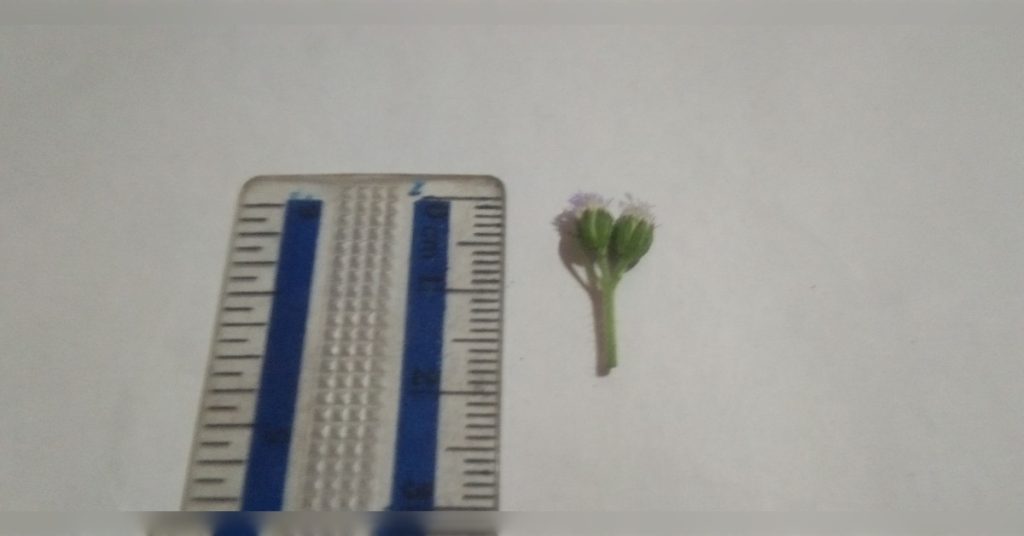
The flowers of Ageratum conyzoides are circle shape, small in size, shape: Dichasial cyme, blue color (some varieties may also have pink or white flowers). A flower weighs 1.6 to 2 grams. The flower’s peduncle is green and 2 inches long. sepal of green color. Petal white and small. The anther is blue in color and the petal cannot be seen from a distance because it is bigger and longer than the petal. The ovule is located in the center and is white in color. The stigma is blue in color. Anther yarn is fair and smooth so it looks beautiful and attractive.
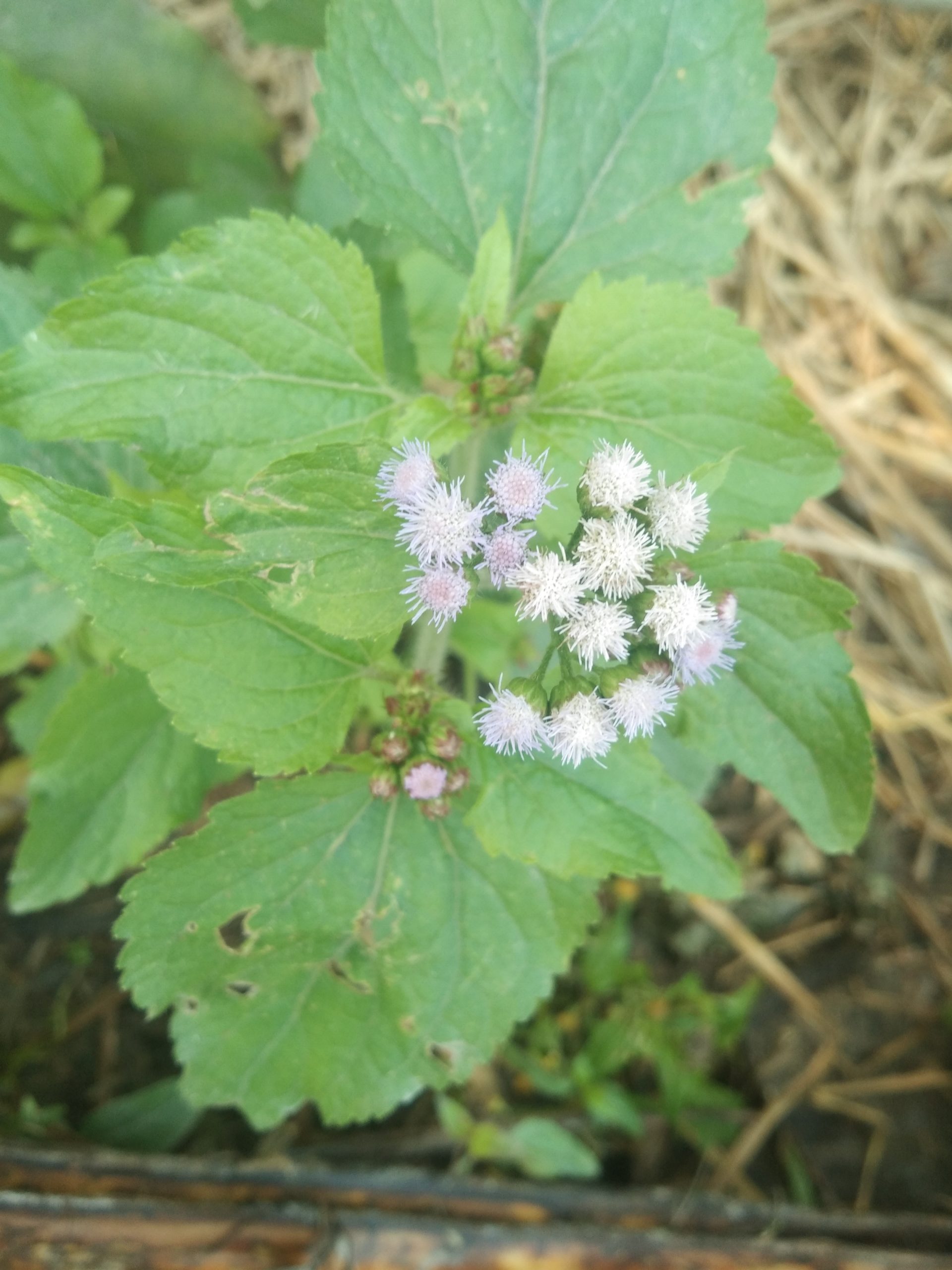
The flowers of Ageratum conyzoides bloom more during the rainy season but some flowers are also seen in the spring. A flower is pollinated by both self-pollination and cross-pollination. It takes 8 to 10 days to form a flower bud, the flower blooms after 4 days from the flower bud. Flowers bloom for 6 to 7 days for pollination. Then after pollination the petal dries and the process of making seeds starts. However the average lifespan of a flower is 20 to 22 days.
Description of Ageratum conyzoides plant leaves.
Ageratum conyzoides leaves are green, dentle diagram, 3 to 6 cm wide, 5 to 12 cm long. There are dense white hairs on the leaves. Crushing leaves gives bad smell to the nose. Leaf petiole is light green, thin and 3 to 6 cm long. A 12 day old leaf has 4 to 6 dark green veins. Lamina dense green and smooth. After 12 days, the midrib of the leaf is 5 to 12 cm. The tip of the leaf looks narrow and smooth.
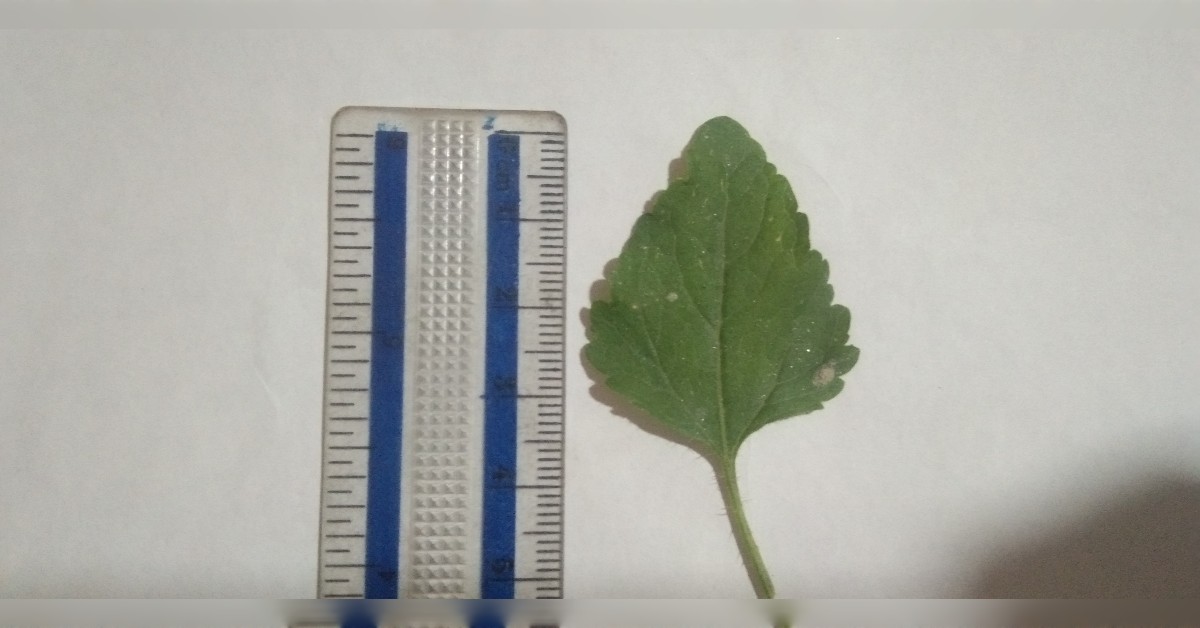
A leaf matures in 12 days, then the plant can make food for about 20 days. Then it gets old and the leaves turn yellow. After a few days, the leaves rot on the ground.
Discuss the seeds of Ageratum conyzoides.
Ageratum conyzoides produces small, black seeds. These seeds are typically oblong or cylindrical in shape and are dispersed through natural means, such as wind. Ageratum conyzoides is known for its ability to produce numerous seeds, contributing to its widespread distribution. The seeds play a key role in the plant’s reproductive cycle, germinating to give rise to new Ageratum conyzoides plants under favorable conditions.
Scientific Classification and Biological Name.
| Kingdom: | Plantae |
| Clade: | Tracheophytes |
| Class: | Magnoliopsida |
| Order: | Asteraceae |
| Family: | Asteraceae |
| Genus: | Ageratum |
| Species: | Ageratum conyzoides |
| Popularity: | 25% |
| Biological Name: | Ageratum conyzoides. |
| Plant Type: | Medicinal Plant. |
Carl Linnaeus, the Swedish botanist, named Ageratum conyzoides using his binomial nomenclature system. “Ageratum” is the genus, and “conyzoides” is the specific epithet. This naming convention standardized taxonomy in the 18th century.
Interesting Facts about the plant.
- The leaves or flowers of Ageratum conyzoides are chewed in the mouth and taste sour and salty.
- Rural girls like to tie flowers in their hair because they are beautiful.
- Ageratum conyzoides likes to grow in moist soil.
- Its seeds can be stored for 3 years.
- Environmentally friendly and beneficial plants.
Distribution, Life cycle and Habitat of the Plant.
Ageratum conyzoides plant is found in many countries. For example: Africa, Asia, the Americas, India, Myanmar, Bangladesh, and Oceania, Brazil, South India etc. But it is possible to cultivate in any country if the temperature and weather are right. It follows an annual life cycle, completing its entire growth, reproduction, and seed production within a year. This resilient plant thrives in various habitats, including disturbed areas, fields, abandoned land, open spaces, moist and watery environments, and along roadsides, showcasing adaptability to diverse environmental conditions.
Let’s see a realtime video of this plant.
Market Demand, Global price, Economic Importance.
Market Demand:
The price of Ageratum conyzoides plant is relatively low. Its use is to make sudhu medicine. But antibiotics are made from plants and it has many uses in homeo medicine. So the demand in the market is much less. Ageratum conyzoides leaf bark or sun-dried flowers are exported to different countries every year from Bangladesh, India and Brazil.
Global price:
Ageratum conyzoides plant leaves in the international market are 20 dollars per kg of leaves, 30 dollars per kg of flowers, 1 month old seedlings are 70 to 100 American dollars.
Economic Importance:
Ageratum conyzoides leaves, flowers, fruits and seeds have been identified as a beneficial plant by the World Doctors. This plant is exported abroad to meet the needs of different countries. The list of benefits is increasing day by day and the demand is increasing.
Plant Benifits and Uses: Good side.
Ageratum conyzoides plant is mainly used for two purposes.
- Children play by plucking flowers and tying them to their hair.
- Used medicinally.
Ageratum conyzoides has many medicinal properties. This plant is used to make many homeopathic medicines. However, from 1780 to 1940, this plant was used to make a lot of home remedies and was used by rural people. We present the discussion of that disease:
Note: Ageratum conyzoides plant leaf juice or flower has some toxicity, consumption and consumption of medicine is prohibited without doctor’s advice.
- Prolonged cough and runny nose:
Ageratum conyzoides leaf juice and flowers are good to eat with honey or sugar.
- Asthma or shortness of breath:
The leaves or flowers of Ageratum conyzoides plant with sugar in the morning on an empty stomach are beneficial.
- Indigestion Problems:
Ageratum conyzoides leaves or flowers boiled and eaten with rice improves indigestion.
- Nightingale Disease:
Rubbing leaves of Ageratum conyzoides with banana cures night blindness.
Chemical Constituents and Toxicity.
Ageratum conyzoides contains various chemical constituents, including alkaloids, flavonoids, and essential oils. While some compounds may have medicinal properties, the plant also contains substances that can be toxic in large quantities. Certain alkaloids and pyrrolizidine alkaloids found in Ageratum conyzoides may pose a risk of toxicity, especially when consumed by livestock or humans in significant amounts. Caution should be exercised, and it’s essential to be aware of potential adverse effects associated with the plant. Overdosing can lead to death. So we should take the doctor’s advice when taking the leaves, flowers or fruits of this plant.
Etymology and Common names.
The genus name “Ageratum” is derived from the Greek words “a-” meaning “without” and “geras” meaning “age,” possibly alluding to the long-lasting nature of the flowers. The species name “conyzoides” suggests a similarity to the genus Conyza.
- English: Goat weed, Billygoat-weed
- Spanish: Mentrasto, Hierba de Santiago
- French: Herbe à bouc
- Hindi: बिलीगोट वीड (Billygoat weed)
- Swahili: Mchicha, Kibiriti
- Portuguese: Erva-de-Santiago, Mentrasto
- Thai: ต้นคา (Ton ka)
- Filipino: Damong-alat, Hilachas
- Bengali (Bangladesh): ছোট নীল (Chhoto Neel), উদ্ভিদ নীল (Udbhid Neel)
- Tamil: அமுக்குத்தி (Amukkuthi), மாலித்தூது (Malithoothu)
- Telugu: గోరింట ఆకు (Gorinta Aaku)
- Burmese: အလင်းဖွား (Alin Hwarr)
- German: Ziegenkraut (Goat herb)
Threats and Conservation.
Ageratum conyzoides plant is being destroyed due to excessive deforestation, unnecessary cutting, bad weather, lack of awareness. So we should raise awareness.
Cultivation and Care of the plant.
Cultivation Care tips of the Ageratum conyzoides.
- Climate: It thrives in tropical and subtropical climates. Provide warm temperatures for optimal growth. 20 to 30 degree is the best for the plant.
- Soil: Well-draining soil is essential. Ageratum prefers fertile soil with a slightly acidic to neutral pH. Loamy soil is the best for Ageratum conyzoides plant.
- Sunlight: Plant in a location with full to partial sunlight for vigorous growth. 6 hours of sunlight per day.
- Watering: Maintain moderate moisture levels. Water when the topsoil feels dry but avoid waterlogged conditions. Provide 2 times water a day in summer and 1 time in 4 days in winter.
- Fertilization: Apply a balanced fertilizer during the growing season to support healthy development. Try to use compost fertilizer instead of chemical fertilizer.
- Pruning: Regularly prune to encourage bushier growth and remove spent flowers to prolong blooming. So must be careful about it.
- Pest Control: Watch for pests like aphids and caterpillars. Use organic or chemical control methods if necessary.
Remember: Ageratum conyzoides is adaptable, but attention to these factors can enhance its cultivation and overall health.
Cultivation method.
You can cultivate Ageratum conyzoides plant into two steps.
A. Tub Cultivation.
B. Land cultivation.
Tub cultivation and land cultivation is same but one is different. When you have tub, then you have to collect 7 kg container and use 3 kg compost fertilizer. Keep tub into the sunny area.
Here’s a simple guide for cultivating Ageratum conyzoides:
- Location:
Choose a 6 hours sunny or partially shaded area with well-draining soil. As a result you plant will grow day by day.
- Planting Time:
In warmer climates, plant seeds directly in the garden after the last frost. In cooler regions, start seeds indoors and transplant later. Try to cultivate Ageratum conyzoides in spring season.
- Soil Preparation:
Ensure the soil is fertile, well-draining, and slightly acidic to neutral. Add organic matter if needed. Such as compost fertilizer, water etc. 10-4-1 (Soil-Compost fertilizer-Water) follow this list for fertilizer.
- Seeding:
Sow seeds at a shallow depth, covering lightly with soil. Space them according to the specific recommendations on the seed packet. Try to collect seed from govt organization as a result you will get special and pure seeds.
- Watering:
Keep the soil consistently moist, especially during germination. Once established, water when the topsoil feels dry. In the summer season try to give water 2 times in a day. In Winter or Rainy season 1 times after 4 days.
- Fertilization:
Apply a balanced fertilizer during the growing season, following package instructions. Try to use compost fertilizer for better result.
- Pruning:
Pinch back the tips when plants are about 6 inches tall to encourage bushier growth.
- Weeding:
Regularly remove weeds around the plants to reduce competition for nutrients and it make plant healthy and can grow properly.
- Pest Control:
Monitor for pests and apply appropriate measures if necessary. Ageratum is generally resistant to many pests.
- Harvesting Seeds:
If you want to collect seeds, allow some flowers to mature and produce seeds for the next planting season.
By following our these steps, you can successfully cultivate Ageratum conyzoides.
Top Popular and Eye-catching Image of the plant.

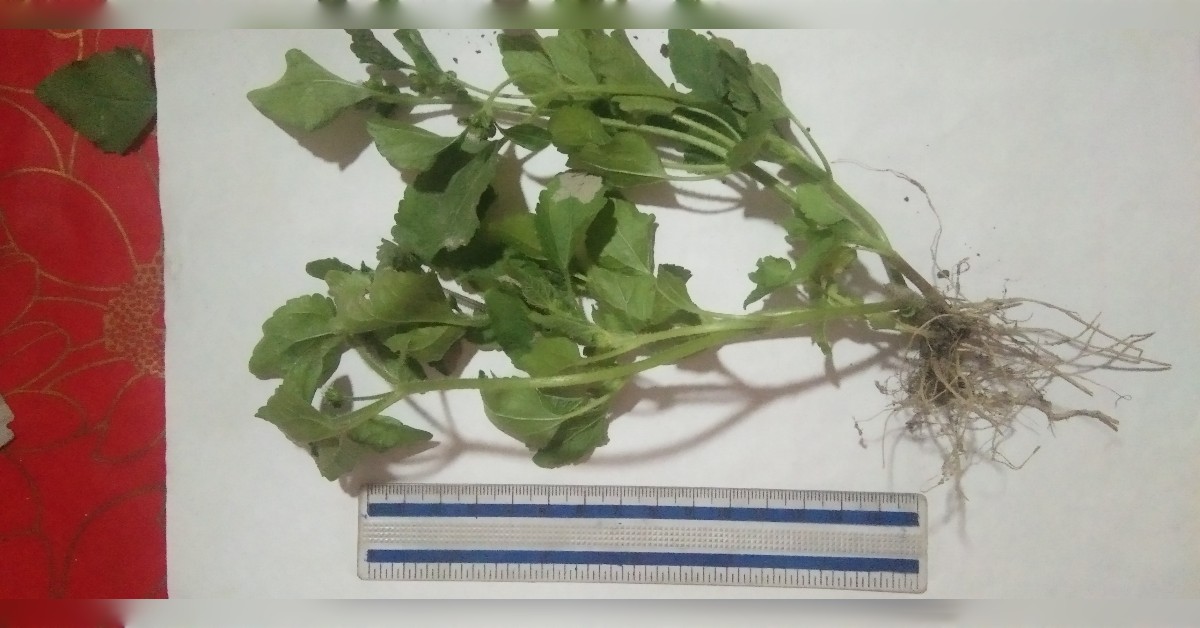
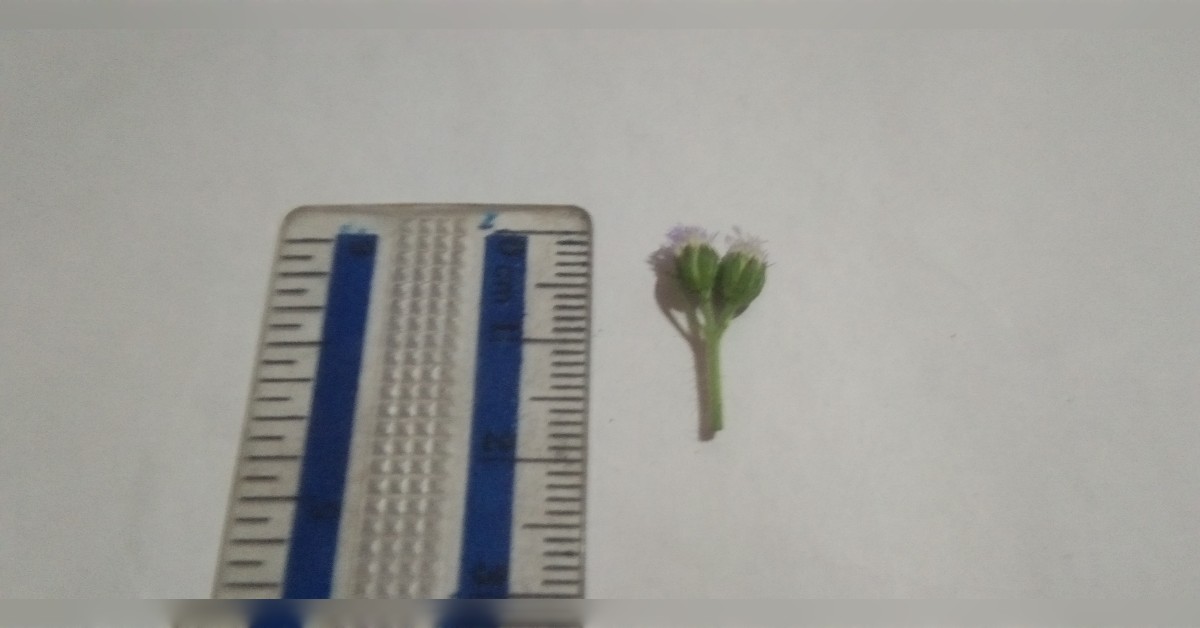
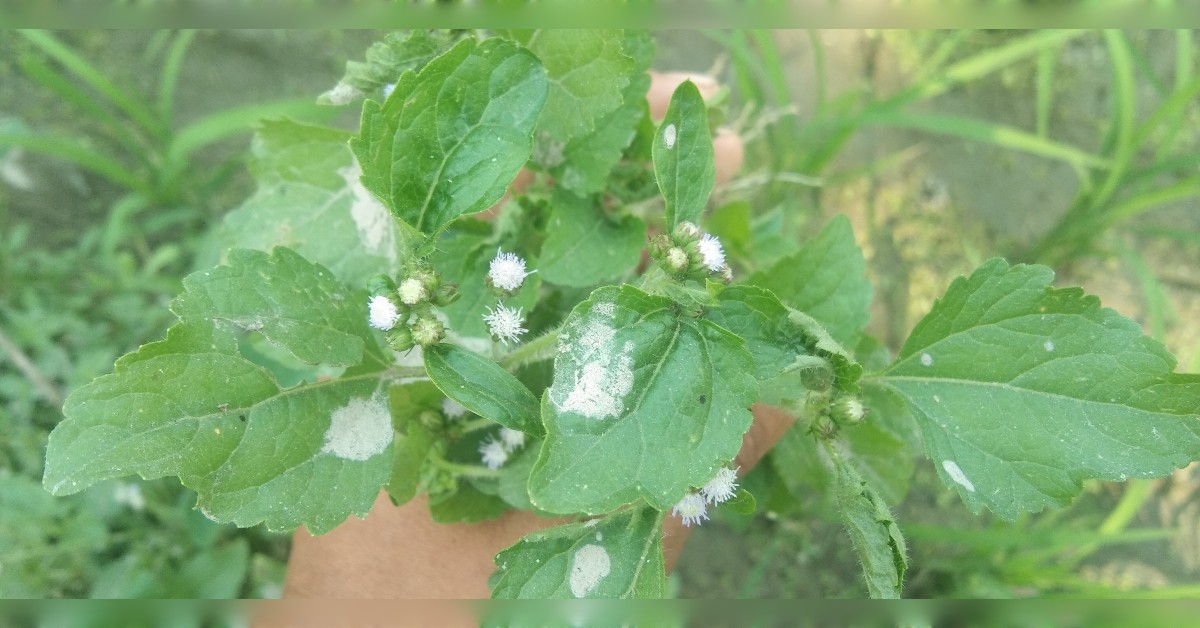
Conclusion.
Ageratum conyzoides is a medicinal plant, with its resilience, continues to contribute to the biodiversity of various regions, making it a fascinating and valuable plant in horticulture and ecology alike. We should be aware about this plant.

